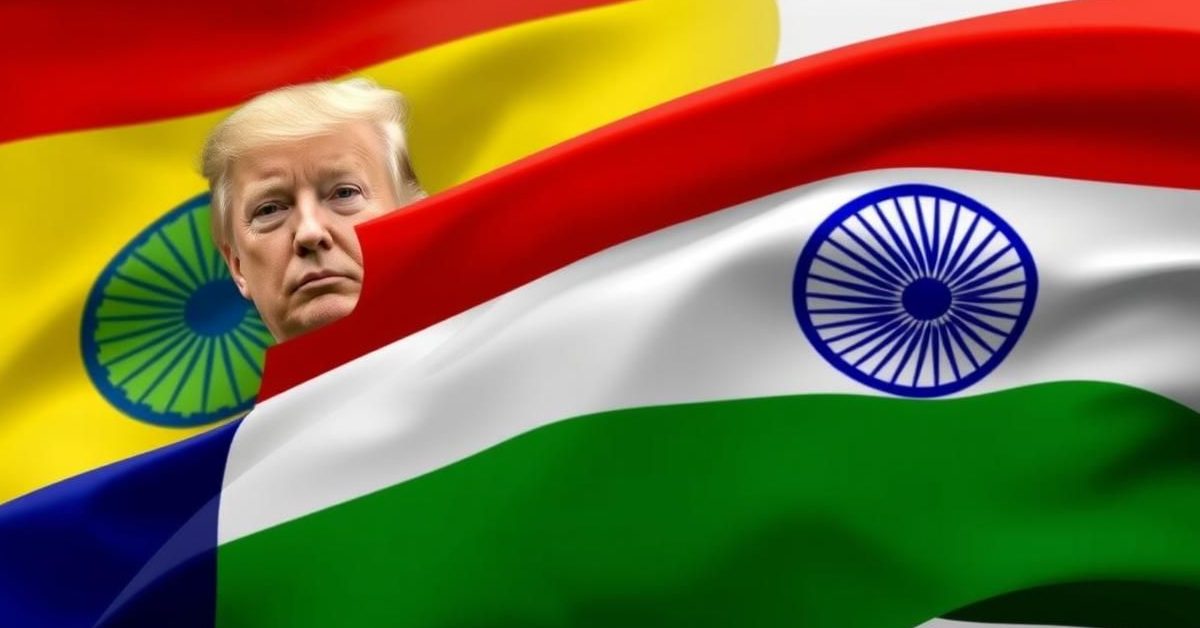US President Donald Trump has reiterated his threat to impose a 10 percent tariff on BRICS nations, claiming the alliance aims to undermine the US dollar.
Trump’s Latest Warning to BRICS
During a recent Cabinet meeting, Donald Trump renewed his warning to countries aligned with BRICS. He stated that any member of the bloc would face a 10 percent tariff, asserting that the coalition was formed to “degenerate” and “destroy” the dollar.
Trump emphasized his commitment to maintaining the dollar’s global dominance. He declared, “The dollar is king. We are going to keep it that way.” He also suggested that the BRICS collective had “largely” broken up following his previous warnings and no longer posed a “serious threat.”
Understanding the BRICS Alliance
The BRICS group initially comprised Brazil, Russia, India, China, and South Africa. It has since expanded to include Egypt, Ethiopia, Iran, the United Arab Emirates, and Indonesia.
Together, these nations represent a significant global force, accounting for 45 percent of the world’s population and contributing over 35 percent to the global GDP.
BRICS’s Vision for Global Trade
Despite Trump’s claims, BRICS nations have stated they do not intend to replace the US dollar as the primary medium of exchange. Their goal is to offer a “viable alternative” that enhances market efficiency and promotes inclusive economic globalization.
In 2022, Russia did propose creating a new international reserve currency backed by a basket of BRICS currencies. However, the broader bloc’s stated aim remains fostering universally beneficial trade, rather than directly challenging the dollar.
India’s Stance on De-dollarisation
India has clarified that while it seeks “workarounds” to navigate trade complexities, it does not aim to “target” the dollar or move away from it. Instead, measures like local currency trade agreements are intended to “de-risk” Indian trade flows.
A key factor in India’s approach is the rise of the Chinese yuan, which has become Russia’s most traded currency following Western sanctions. India has resisted using the yuan for its Russian oil imports, wary of a potential imbalance of economic power within BRICS that could favor China.
Tariff Deadlines Beyond BRICS
Separately, President Trump also reiterated a firm August 1 deadline for new tariffs on other trade partners. He confirmed that 25 percent tariffs on imports from Japan and South Korea are set to begin on this date, followed by a broader round of tariffs on a dozen other countries.
- Trump threatens 10% tariffs on BRICS nations, accusing them of trying to undermine the US dollar.
- BRICS, now including 10 members, aims to offer trade alternatives, not replace the dollar.
- India seeks to “de-risk” trade with local currencies but isn’t pursuing “de-dollarisation.”
- An August 1 deadline for new tariffs on countries like Japan and South Korea has been set by Trump.














